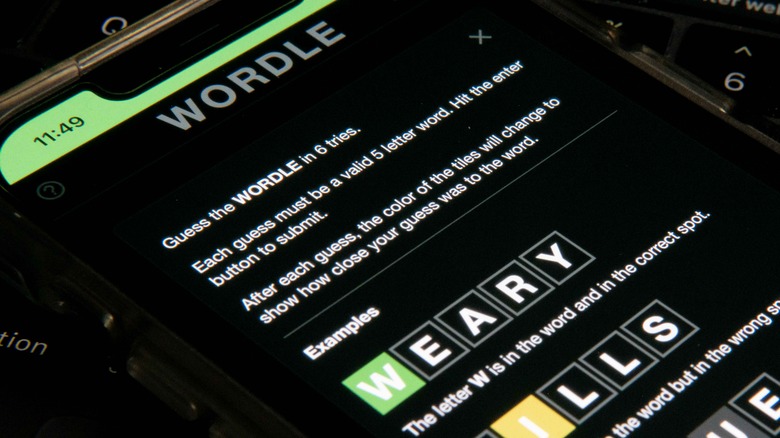Today's Wordle Answer #362 - June 16, 2022 Solution And Hints
Hello there, Wordle Warrior! It's June 16, 2022, and The New York Times is ready to serve you Wordle #362. Today's word solution is an almost ubiquitous piece of clothing with an extraordinary history across different eras of human social existence, and an even more interesting topic to broach for linguistic fans. The solution for today's Wordle puzzle is derived from a Medieval French word that signifies a small tablecloth.
Just to be clear, the solution is not cloth. Interestingly, it was carried to the English vocabulary with a playful reordering of its constituent letters. The piece of clothing that we're talking about comes in different shapes and forms, depending on the person's distinction or even profession. In the mid-20th century, it became symbolic of a well-off family living a cozy life and could be found in many homes.
This garment's popularity took a backseat a couple of decades later, but fast forward to the 21st century and it has again gained widespread popularity as a utilitarian necessity. Need more hints? The word has two vowels: a and o. If you're into secret societies and other such conspiracy theories, you might have heard murmurs of Mason initiates wearing a version of this item, as well.
A rich history for an unassuming item
If you've scrolled down to this point, that means you haven't figured it out yet. Well, the solution for Wordle #362 is the word apron. Worn by chefs and occasional cooking aficionados alike, the word apron traces its roots to the French word naperon or napron. Over time, the words "a napron" underwent a linguistic process called rebracketing and became "an apron."
For example, the phrase "an eke name," which translates to "an additional name" in Middle English, became "neke name." Over time, the spelling changed and it transformed to become the word nickname with a similar audible flow of pronunciation as its root words. Throughout history, sacred aprons are said to have been worn by Egyptian pharaohs, Assyrian priests, and the Greek fertility goddesses of Crete. During the Middle Ages, aprons came to be worn by homemakers and workers alike.
The Masonic aprons, on the other hand, trace their history all the way back to the Book of Genesis from the Old Testament. In the modern age, aprons come in different shapes and sizes, from bibs to full-body aprons with badges to signify a specific position. Of course, they also protect your favorite tee from getting soiled in the kitchen. You can read more about the fascinating artistic significance of aprons here.

